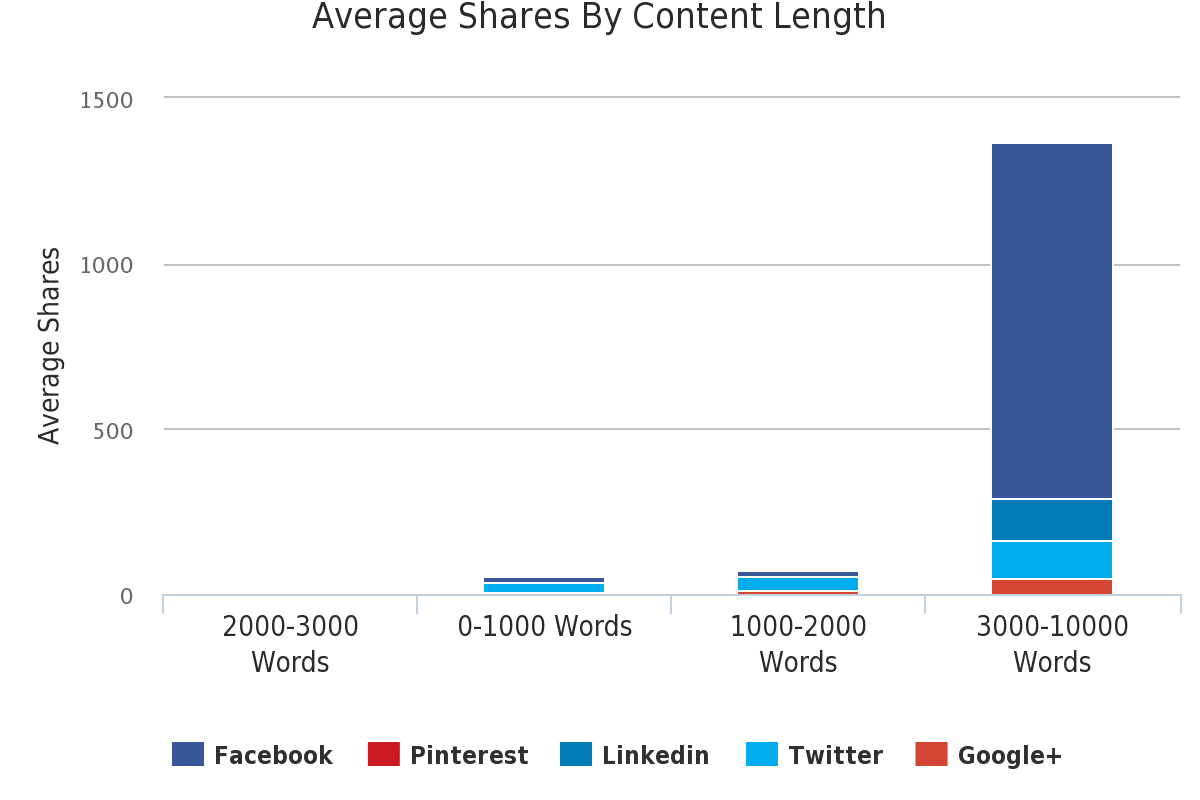By now you are probably well aware of the many benefits content marketing offers businesses. Content marketing has proven itself to be an effective tool for increasing brand awareness, building trust, and converting leads; however, this doesn’t mean you simply start blogging and see conversions. In order to see a meaningful content marketing ROI, you should implement techniques that guide prospects gracefully through their purchase journey.
Map Your Content
An effective content marketing strategy is mapped according to the sales funnel, where each piece of content is customized to best match the customer’s needs. Here’s a break down of the purchase journey into three stages including the best type of content for each stage:
- Awareness Stage: This is the stage when 81% of customers are conducting research. They’re searching for information and educational resources to solve a problem or answer a question. One of the best ways to engage them at this stage is to produce content that is educational or entertaining, such as blog posts, educational webinars, comprehensive guides, email newsletters, how-to videos, ebooks, and whitepapers.
- Evaluation & Consideration Stage: This middle-funnel stage is where prospects complete more specific research about whether or not your product or service is right for them, which is why it’s known as the evaluation or consideration stage. This is where you need to convince them that your solutions are the best fit. You can do this with content that helps establish trust and nurture the growing relationship – this is the time to show that you are the best in your industry. Content such as product webinars, expert guides, product comparisons, case studies, FAQ, data sheets, and testimonials work well here.
- Purchase Stage: This is the stage where prospects are making a purchase decision. They are trying to figure out exactly what it would take to buy from your company in particular. This is where prospects just need that final nudge to convert. The most impactful content here includes free trial offers, live demos, guides to getting started, special offers, consultation, and estimates.
Every business has a unique sales funnel – your industry may see prospects spending longer in the one particular stage, and you should adjust your content marketing strategy accordingly. Regardless of your company’s specific buyer’s journey, the most important element is that you understand how your audience searches and purchases. If you know your audience, develop your industry sales funnel, and map out your content strategy. Doing so will put you on the path to increasing the ROI of your content marketing efforts.
Produce Excellent Content
The content you provide should be valuable and meaningful to your audience. It should never be a time to hard sell – remember, your prospects don’t necessarily care about your business; they care about how your business can help them. You shouldn’t drone on about your business and why it’s the best; rather, focus on the issues and interests facing your customers and provide educational (and entertaining) content that gives them something valuable in return for their attention.
The length of your content can make a difference too. Many experts claim that long-form content (900-2250 words depending on industry) results in more shares, higher rankings, and better engagement amongst readers.

According to Neil Patel, long-form content can create a perception of depth and expertise, plus it’s good for scanning and can make readers feel like they’ve engaged with something valuable. Of course, best practices dictate that this kind of content utilizes relevant images, graphs, charts, and headlines. This makes content – especially long-form content – easier to read, more engaging, and more shareable. This can be seen in the Content Marketing Institute’s B2B study mentioned earlier – the most effective types of content B2B marketers used for content marketing purposes were ebooks, white papers, and case studies.

So while long-form content seems to be the wisest choice for ROI, don’t have text just for the sake of text. Quality content is key, so be sure you don’t compromise quality for quantity. The length of your content can also depend upon how frequently you post. If you’re posting content pieces every other day, you don’t necessarily need each piece to be long-winded. (Notice the third most successful type of content mentioned above are Social Media Posts).
SEO
One cannot talk about content marketing ROI without talking about SEO. SEO is an essential element for any content marketing strategy. Identifying organic keywords and integrating them into your content can do wonders for generating leads. In order to generate search traffic organically, it’s important that you know your industry-specific keywords, and optimize all your content, including landing pages, blog posts, emails, meta tags, and social media posts.
Social Media Focus
With over 2 billion people using social media in one way or another, this is a channel that cannot be ignored. Find out where your audience resides in the social media sphere, and if you have a wide audience base, select multiple platforms to promote your content.
This brings me to another big player in content marketing – video. Video is becoming a must-have tool for brands, with Internet video traffic expected to account for 80% of all Internet traffic by 2019. Other research has shown that 55% of people watch videos online every day, and social videos generate 1200% more shares than text and image combined.
You don’t need to have a fancy camera and expensive production team to get your foot in the door with video content. Start with your camera phone and utilize the social channels of Facebook Live, Youtube, and Instagram.
Always Be Testing
Of course, if you’re not monitoring your content, what’s the point of having a strategy at all? For optimum ROI, you should always be testing, measuring, and optimizing your content marketing efforts. For your website, track the time visitors spend on each page and find out what pages convert well, and see how you can use those strategies to improve lower-performing pages. Pay attention to the kinds of returns (i.e. leads generated, conversion rates, and direct sales) that your content generates, and don’t be afraid to try new techniques.





